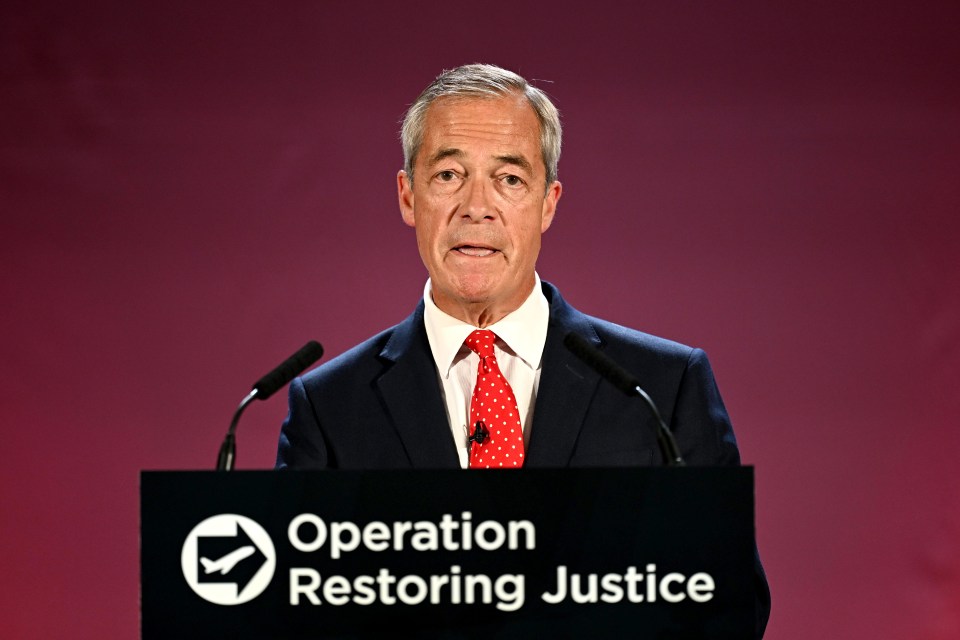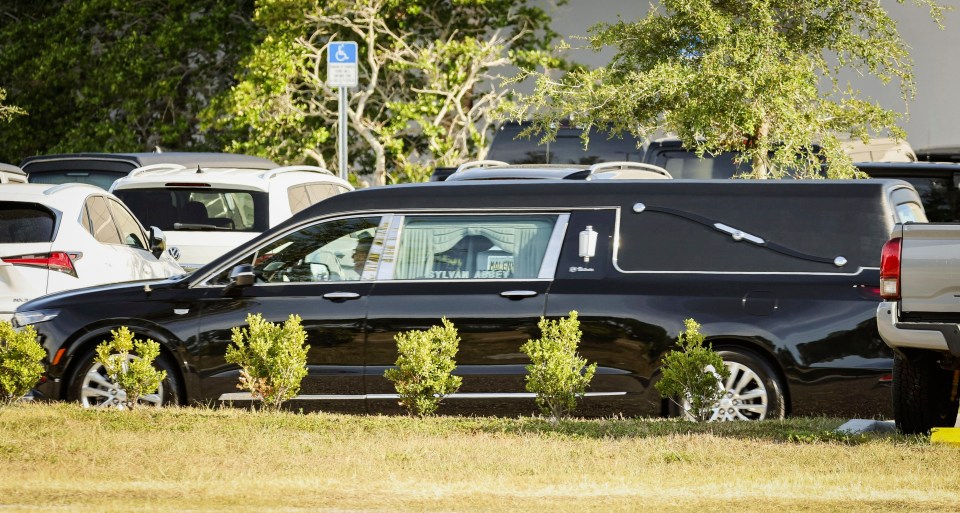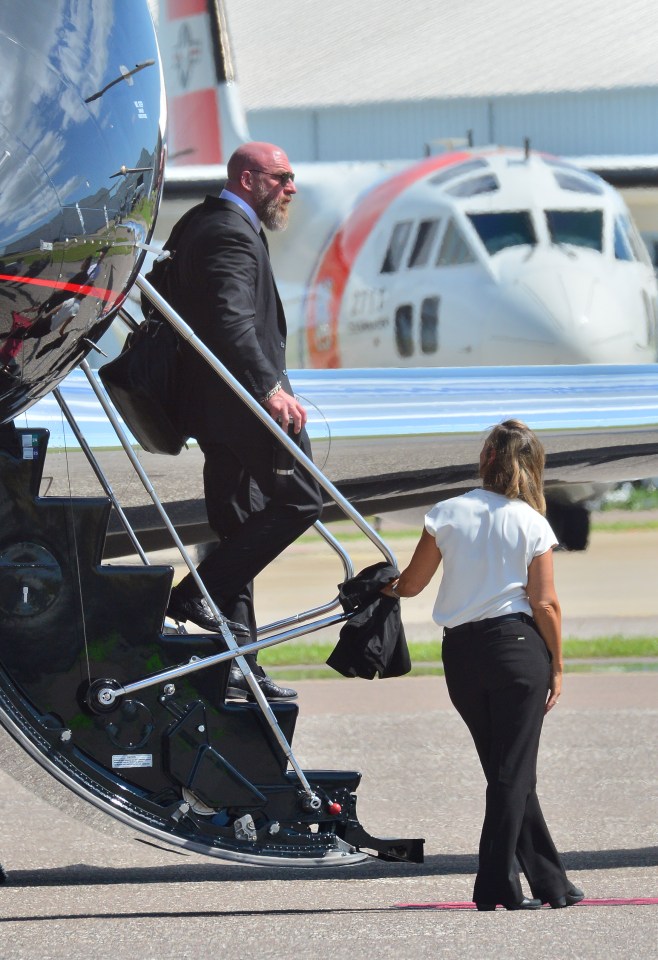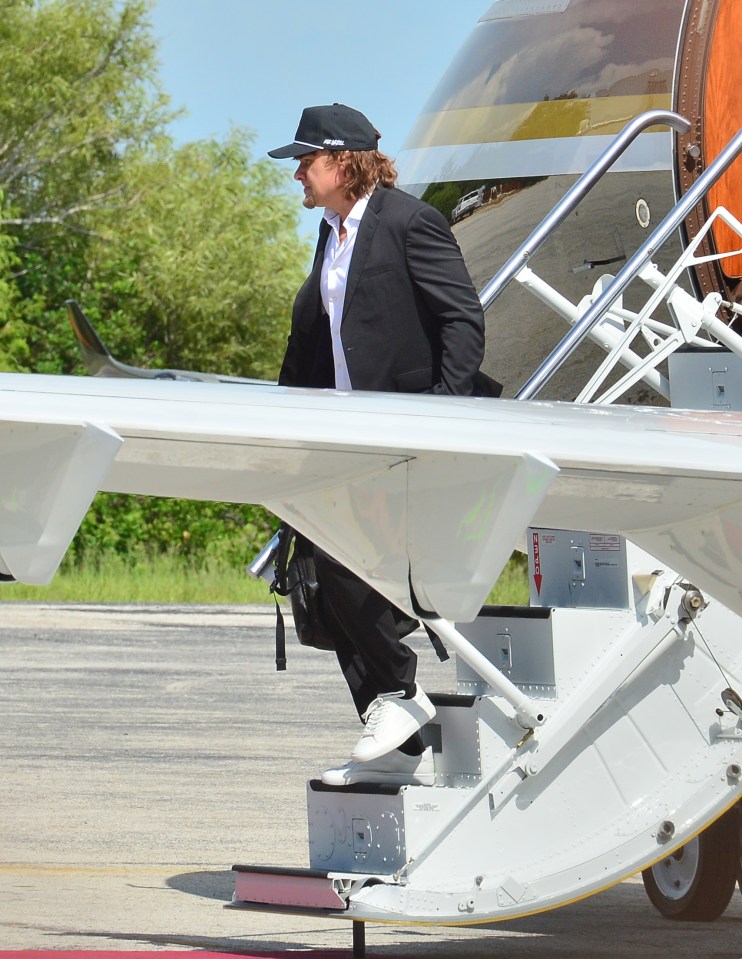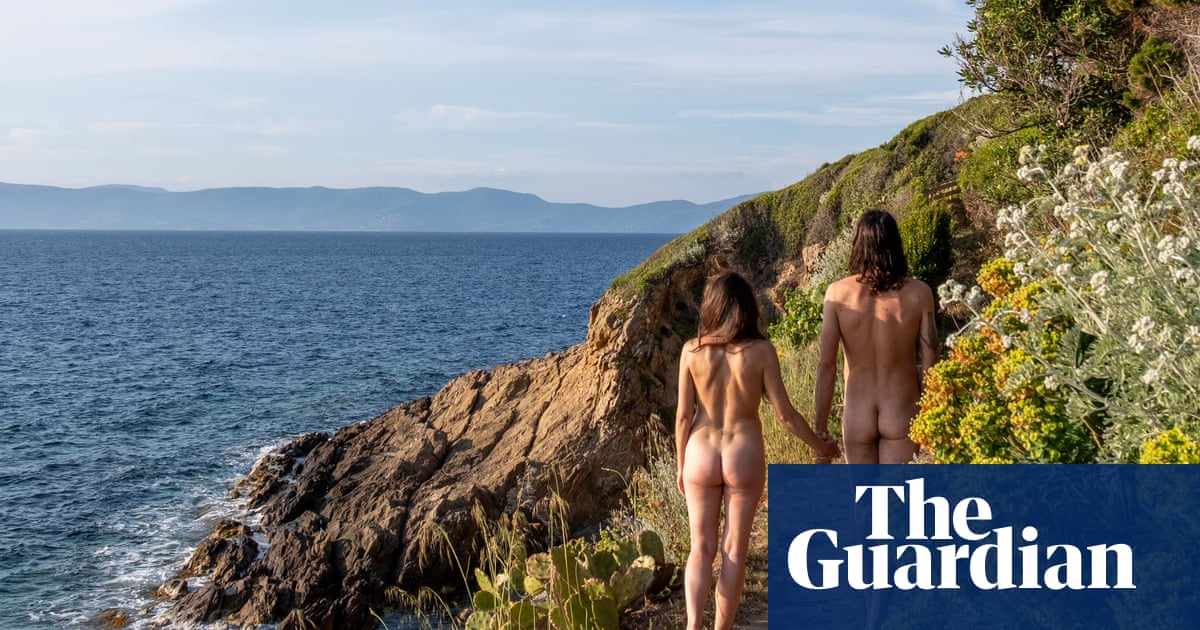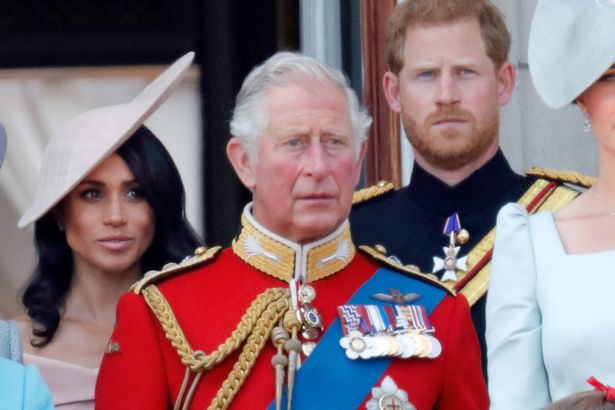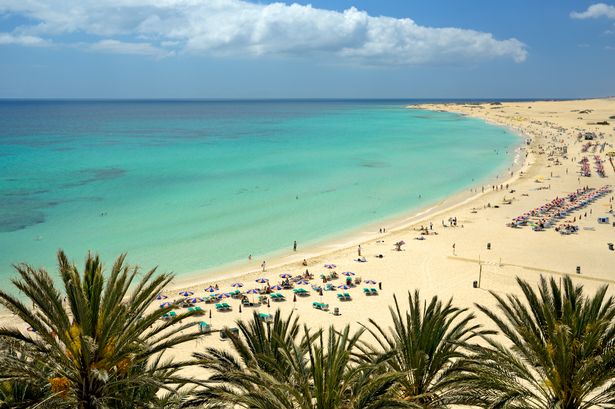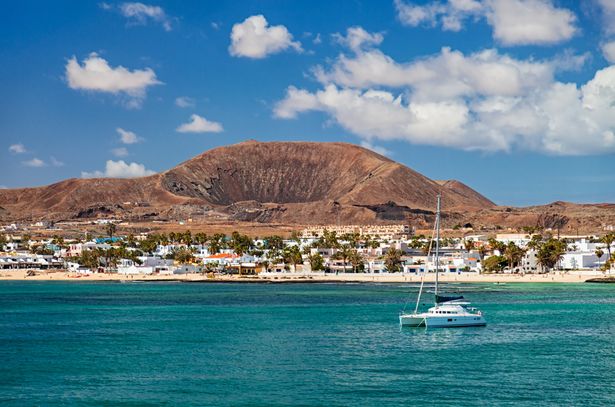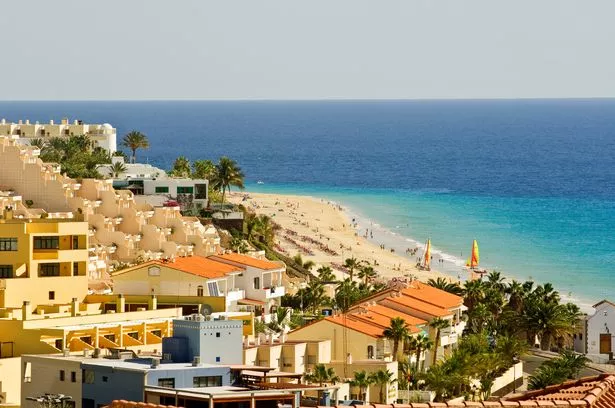Bonnie Blue insists she is happy but there is a cost to her fame and she does not live a normal life
Bonnie Blue has made millions from porn, inviting multiple fans to have sex with her and posting film of what some people would call orgies, but she calls “events”, online.
Her biggest event was in January, when she had sex with 1,057 men in 12 hours, the inspiration for the title of a new Channel 4 documentary, 1,000 Men and Me: The Bonnie Blue Story.
At a screening of the documentary, Bonnie insisted she was “very happy” with her life. But her notoriety, and her boasts of sex with married men, who, she says, should not feel guilty about cheating on their wives, come at a price.
In the film, Bonnie, a 26-year-old former NHS recruitment worker from Derbyshire, whose real name is Tia Billinger, says: “The last time I went out by myself was probably about six months ago. Now it is not that safe.
“I get 100s of death threats a day, so it is not that safe when I walk around.
“I say, ‘It is going to happen at some point, someone will come and give me stick’ and fair play to her, at least they are getting up off their sofa. My worst one is acid, if someone did acid, and I could see some spiteful girl doing that.”
READ MORE: ‘I saw real Bonnie Blue behind closed doors – there’s one dark truth people don’t see’
Bonnie has split from her husband and her closest friends seem to be Josh, who posts her videos, and a stylist. She says: “My sort of circles got smaller, but my team are also my best friends.”
Director Victoria Silver followed Bonnie for six months, gathering footage of her having sex, and was at her January marathon for a couple of hours.
At the documentary screening, Bonnie expressed surprise at the amount of explicit footage used. Asked if she was expecting complaints, Victoria said: “If I was making a film about a musician or some kind of other performer their work would be in there. I think it is important to see what she does.”
And Bonnie is clearly proud of her work. Of her sex marathon, she says: “I love the fact that I was able to experience that day with over 1,000 subscribers, fans, people that spent time out of the day to come meet me.
“But, yeah, I also need money to be able to take time out of my days to be able to do that, to hold these events. These events aren’t cheap by the time you pay for staff, security, the venue.”
But she says she has earned more than £1million in some months, and the documentary shows the increasingly extreme lengths she will go to for clicks and views.
In one stunt, she creates a school classroom for a sex show, with other, younger, contributors taking part after being sent invites.
The director’s voiceover says they are not paid but “appearing in their socials with Bonnie is payment enough”.
At the shoot in Birmingham, one girl called Codie says: “She got quite big quite fast, so it will be nice to see how she does things. No, I am not being paid today, it’d just be that I get tagged and then hopefully get followers and subs from that and then roll on to my page.”
She admits she does not normally do anything “adventurous” on her OnlyFans page and that this is the first time she has taken part in filmed group sex. She adds that making sex films is better than having to do an office job.
Another contributor, Leah, says: “I got a DM to see if I wanted to take part. As soon as I heard Bonnie Blue’s name I was intrigued because she’s everywhere at the minute.”
Leah says this is the first time she has been with other people in a room having sex and she is “definitely” nervous.
But Bonnie does not seem bothered or concerned by the fact the girls look a bit shy and intimidated. Bonnie says: “The fact they are so nervous works in my favour, because their reactions will be more realistic. Or if they feel intimidated, obviously, I want them to say, but sometimes sex is intimidating, so it’s going to be good.”
Another scene shows Bonnie at home with mum Sarah, who speaks with pride about how her daughter was a great dancer as a child.
She also seems proud of her career as a porn star. She says: “Would it be something that I chose for her to do, no. I was really, really shocked, but now would I want her to do anything else? No, not at all. It’s her choice.”
Sarah and other relatives have given up their jobs to be on Bonnie’s payroll.
Sarah says: “People I know always liked us both, but think it’s OK to make nasty comments.
“Most of the time I just laugh. I’m like, ‘If you could earn a million pounds in a month, your morals would soon change, and you’d get your bits out’. I don’t care what people say.”
Bonnie says: “My family started to put up with hate, I get that, but I also get the life I live and the money. So it’s like I also want them to receive some of the rewards.”
The documentary ends as Bonnie is about to head to Romania to meet influencer Andrew Tate, who is facing rape and human trafficking charges, which he denies, and is a self proclaimed misogynist. Bonnie says: “He’s probably just as controversial as I am. Whether people love him or hate him, he’s a marketing genius.”
Director Victoria asks her: “You talk about female empowerment, but how do you square that with aligning yourself with the most misogynistic male on the internet?”
Bonnie says: “Piers Morgan interviews serial killers all the time. It’s not messed up his brand. He [Tate] has been labelled multiple things by the media, and so have I. We’re probably the two most misunderstood people out there at the moment.”
Channel 4 defended the documentary, telling the Mirror: “The explicit content is editorially justified and provides essential context.”
And at the screening, commissioning editor Tim Hancock said: “We are very proud to do films like this.”
* 1000 Men and Me: The Bonnie Blue Story, Channel 4, Tuesday, 10pm.


